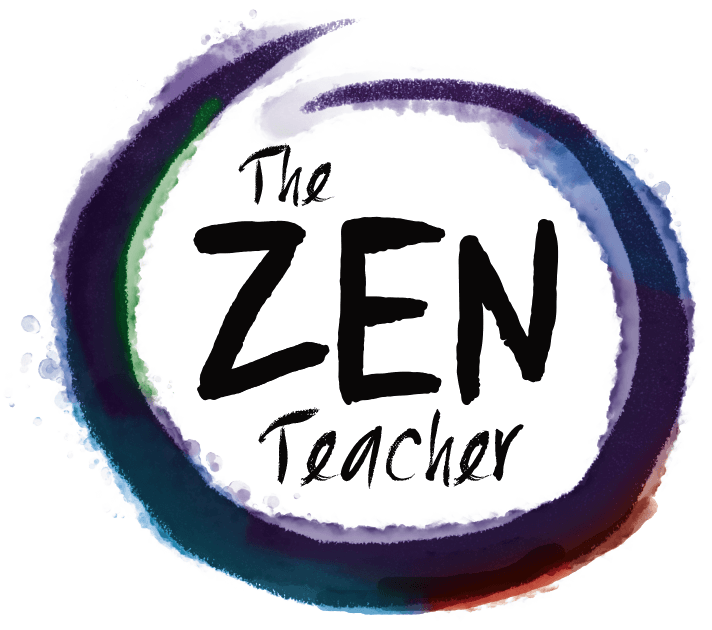You’re Not Trying To Avoid Thoughts. Thoughts will come; there is nothing we can really do to stop them. But as we meditate, our goal is to simply notice these thoughts, experience them without attachment and judgment, return our focus to our breath, and then just watch peacefully as those thoughts float right on by. As someone once said, “Just because we’re sitting on the edge of a river and watching the water go by, doesn’t mean we have to jump in it up to our armpits.”
You Don’t Have to Meditate For Hours. Meditation is a miraculously malleable activity that expands and contracts to fit the time you give it. I have reaped meditative benefits during a short walk, during five minutes parked in my car before going into school in the morning, or even during the three and a half minutes of a song. You haven’t lived, for example, until you’ve meditated to Joe Cocker’s “Bird on A Wire” from the live concert double album Mad Dogs and Englishman (which clocks in at 6 minutes, 30 seconds, if you’re keeping track). It’s a transcendent experience. In the end, you certainly can meditate for three hours straight if you want to. But you don’t have to.
Breathe. It’s all about the breath. Your breath not only keeps you alive, it’s your ultimate Life Force. Focusing on the breath is the first step to meditation and it’s just as simple as it sounds. People often overthink this basic process. When my students come up to me and I can tell that they’re completely stressed out, for example, I say, “Breathe,” and shake my head as they suck in a big gulp of air. And then I say, “No, that’s a gasp. Not a breath. There’s a difference.” So let’s not make it harder than it needs to be. Just breathe.
Create A Ritual. You may like candles. You may not. You may like incense. You may not. You may like New Age music. You may not. Furthermore, the Zen tradition says I can’t judge you even if you do. Nevertheless, it might help to create a ritual surrounding your meditation habit in a way that makes it easier for you to commit to it.
It’s Not About The Epiphany. Many people who start meditation are soon frustrated because they are silent and breathe for awhile and then they’re disappointed that they aren’t suddenly seeing rainbows and unicorns an tiny leprechauns with slips of paper in their hands that display that week’s winning lottery numbers. Don’t do it for the promise of enlightenment. Do it as a practice of stillness, peace, and being in the moment. Considering how infrequently we do that, I think that’s reward enough. You may find, however, that with practice you’ll gain greater clarity of thought, deeper insight, and maybe just a spritz of Enlightenment.
But as far as the unicorns and leprechauns go, you just never know. TZT
